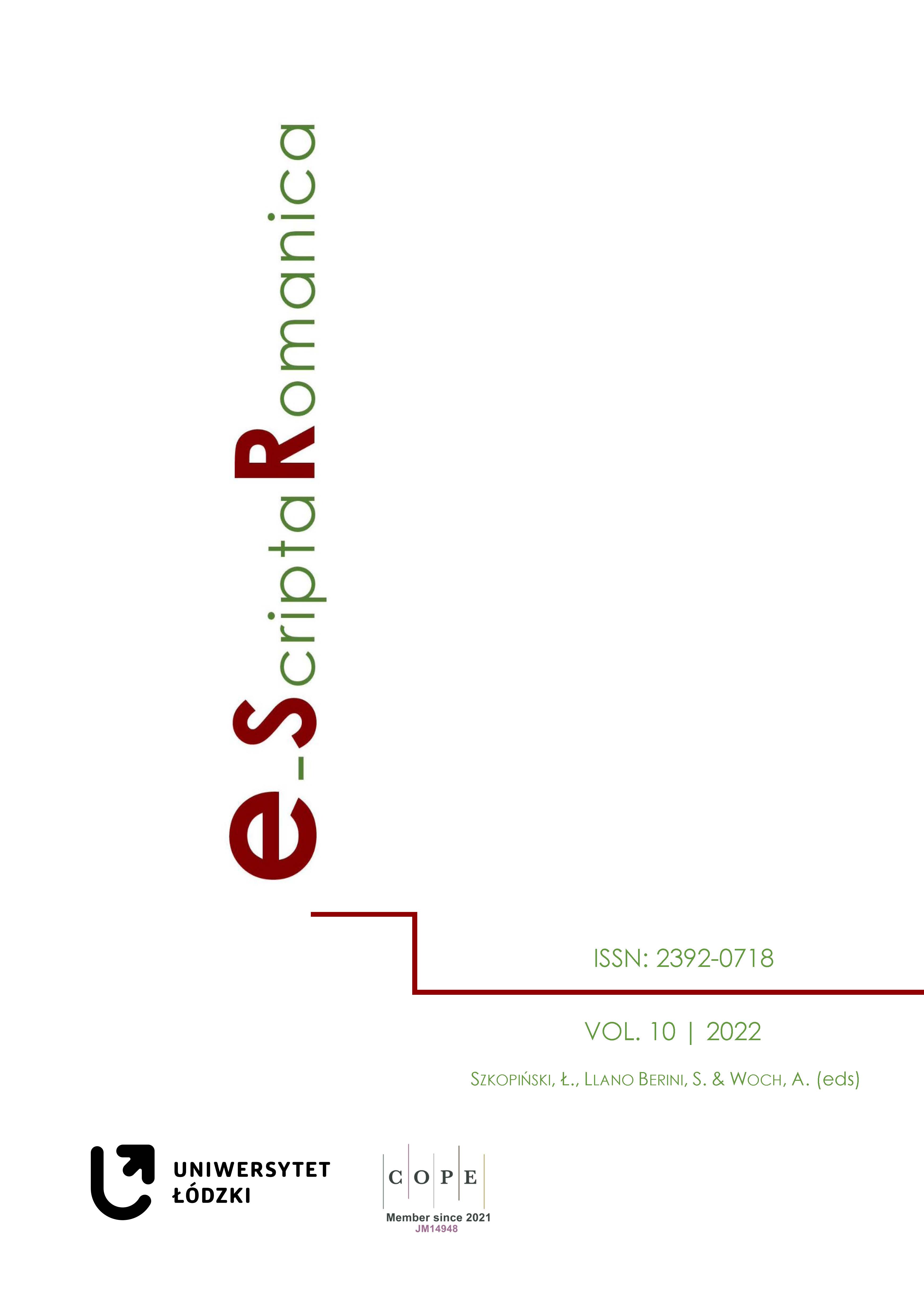La ville comme lieu de mémoire : représentations de la ville de Bruges dans “Bruges-la-Morte” (1892) et “Le Carillonneur” (1897) de Georges Rodenbach
The city as a place of memory: representations of the city of Bruges in “Bruges-la-Morte” (1892) and “Le Carillonneur” (1897) by Georges Rodenbach
Author(s): Elena DinevaSubject(s): Anthropology, Language and Literature Studies, French Literature
Published by: Wydawnictwo Uniwersytetu Łódzkiego
Keywords: Bruges-la-Morte; Le Carillonneur; Bruges; city; memory
Summary/Abstract: This paper discusses the image of the city of Bruges, as represented in Belgian writer Georges Rodenbach’s novels Bruges-la-Morte (1892) and Le Carillonneur (1897). By acquiring the dimension of a full-fledged character, the city of Bruges participates in the mnemonic journeys of the two protagonists, the widower Hugues Viane and the young architect Joris Borluut who becomes the city’s bell ringer. It is a complex image within which the Flemish city first appears as a symbolic space that the novels’ main protagonists explore, appropriate, internalize and which never ceases to keep their individual memory awake. Bruges will then be evoked as a scene of conflict between the old and the new, in other words between, on the one hand, the pre-established and immutable order which manages the life of the two men, and, on the other hand, all the disruptive elements that seek to penetrate it in order to destabilize their affective balance. Finally, analyzed through the prism of memory, the Flemish city of Bruges will be defined as a highly feminized space whose main characteristics we will try to highlight in the last part of this paper.
Journal: e-Scripta Romanica
- Issue Year: 2023
- Issue No: 11
- Page Range: 130-141
- Page Count: 12
- Language: French

